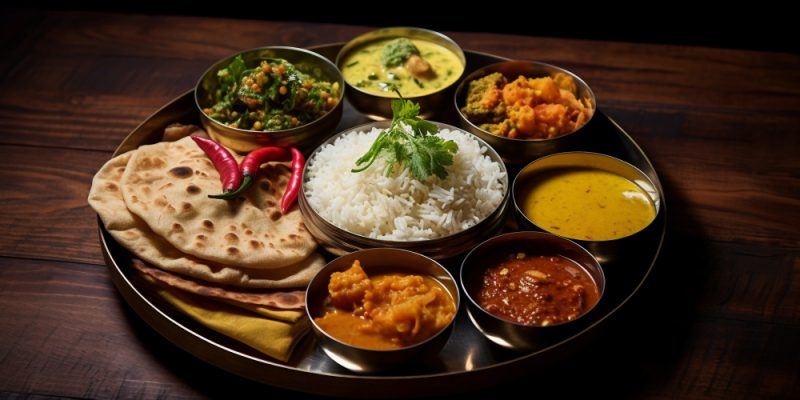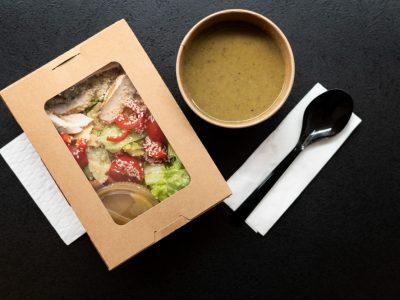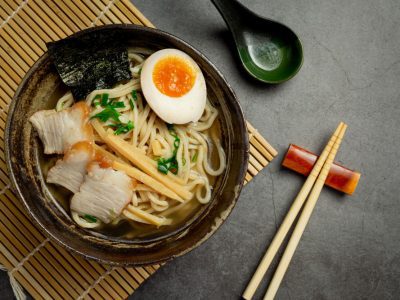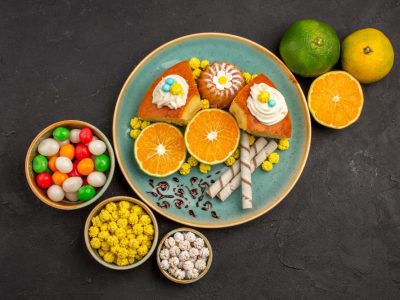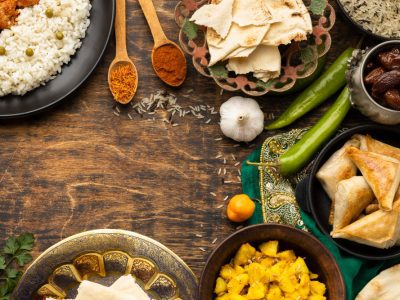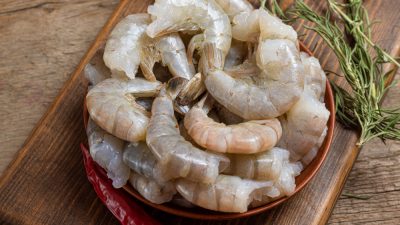Indian thalis are more than just food; they are artfully arranged plates of Indian cuisine that showcase its variety, depth, and harmony. A thali is a traditional Indian multi-dish platter that is traditionally served on a big plate or banana leaf. The many foods in the platter complement one another with their distinct flavours and textures. Not only does it taste good, but it also highlights cultural heritage, variety, and nutrition.
The ancient Indian system of health known as Ayurveda places an emphasis on balanced meals, which is where the Indian thali preparation got its start. Ayurvedic theory states that in order to provide the body with balanced nourishment, a meal should contain all six tastes: sweet, salty, sour, bitter, pungent, and astringent. Incorporating a wide range of nutrients, tastes, and food categories into a single meal is the goal of offering tiny quantities of different cuisines.
Varieties of the thali are as varied as the regions of India themselves, reflecting regional culinary traditions and the ingredients that are easily accessible. Dal, paneer, roti, rice, pickles, and a decadent dessert are the staples of a North Indian thali, whereas sambar, rasam, curd rice, poriyal, and crispy papad make up a South Indian thali. The lavish thali is a staple in Gujarati and Rajasthani cuisine. It consists of dal, kadhi, thepla, various vegetables, farsan (snacks), and desserts.
Thalis are beautiful because their ingredients work together in harmony. Spicy curries go well with chilled yogurt-based dishes, deep-fried parts go well with fresh salads, and pickles give every bite a burst of sour flavour. The use of thalis as a serving dish is still common in modern Indian homes and restaurants. Thanks to HOGR delivery, you can get a wide selection of regional thalis from top Bangalore restaurants delivered right to your door.
A Guide to Creating the Perfect Indian Thali
Balancing the Elements of a Perfect Thali
When making an Indian thali, it is important to strike a balance between the various flavours, textures, and nutritional value of the ingredients. The key to a delicious and nutritious thali is using a variety of ingredients that appeal to different parts of the taste buds and digestive systems.
A typical Indian thali includes:
- A staple grain – Rice, roti, naan, or paratha are the staple grains that make up this dish.
- A protein-rich dish – Essential proteins can be found in lentils (dal), paneer, or curries that include meat.
- A dry vegetable dish – Seasonal veggies cooked in a skillet or wok for added vitamin and fibre.
- A fermented element – Add a cooling ingredient to balance the spices and ease digestion with yoghurt, chaas (buttermilk), or raita.
- Pickles and chutneys – In order to give a burst of sweet, spicy, or tangy flavour.
- A crispy element – For an extra crunch, try papad, pakoras, or bhajis.
- A dessert – Dessert, such as kheer, gulab jamun, or payasam, served in a small serving to complete the meal.
When prepared as an Indian thali, each of these components is essential to creating a full and satisfying meal. Customise your thali to suit your taste and dietary needs by combining and contrasting these components.
Indian Side Dishes That Elevate Your Thali
Thalis are already delicious, but with the addition of side dishes, they take them to the next level. These sides, which range from crunchy papads to acidic pickles, not only add texture but also heighten the flavours of the main courses.
- Papad (Lentil Wafers): These thin wafers are a wonderful crunch, prepared from lentils or rice flour and fried or roasted to perfection. Dal and yogurt-based foods complement them wonderfully.
- Pickles (Achar): Prepared with a combination of oil, salt, and spices, Indian pickles can be flavoured with raw mangoes, lemons, green chillies, or a variety of vegetables. The acidic, spicy, and umami flavours of the pickles really bring out the flavours of the thali.
- Raita (Yogurt-Based Side Dish): To cut through the heat of hot curries, try raita, a dish made with whipped yoghurt, herbs, and veggies. Some popular variations are mint raita, cucumber raita, and boondi raita.
- Chutneys: Infuse your food with a burst of freshness with these flavourful condiments made from coconut, mint, tamarind, tomato, or coriander. The mint chutney brings a refreshing touch, and the tamarind chutney offers a sweet and sour contrast.
You can make the Indian thali recipe even better by adding these side dishes; they add texture and flavour to every bite.
The Health Benefits of an Indian Thali
A well-balanced diet is one of the many benefits of eating an Indian thali. This meal provides all the nutrients your body needs because it contains grains, proteins, veggies, and dairy.
- Nutritional – To ensure a balanced diet, a thali contains a variety of proteins, fibre, minerals, and vitamins. Including lentils, veggies, and fermented foods improves health in general.
- Aids Digestion –Improved digestion and gastrointestinal health are the results of combining probiotic ingredients like yoghurt with spices such as cumin, turmeric, and asafoetida.
- Balanced Eating – Thalis promote mindful eating by providing tiny portions of different foods, which helps to control portions and avoid overeating.
- Promotes Satiety – A combination of carbohydrates, proteins, and fats makes you feel full for longer, which means you are less likely to munch unhealthy snacks.
- Supports Immunity – Garlic, ginger, and turmeric are anti-inflammatory and immune-boosting components included in many Indian thali recipes.
Indian thali is a great option if you are trying to eat healthily while also satisfying all your hunger pangs. And the best part is that HOGR makes it easy to savour real thalis from the top eateries in Bangalore.
Conclusion
The Indian thali dish is an art form in the kitchen because it combines a variety of nutritious ingredients with just the right amount of flavour and texture. Each regional thali—whether it is a North Indian, South Indian, Gujarati, Bengali, or Rajasthani thali—reflects the history, cuisine, and ingredients of its home.
Thaalis are beautiful because of their adaptability and variety. It can be adjusted to suit individual tastes while still maintaining its nutritional value. The variety in a thali guarantees that it may satisfy every facet of nutrition and taste, with protein-rich lentils, fiber-packed veggies, cultured yoghurt, and delicious desserts among its components.
Although making your own thali is a satisfying experience, there are instances when you simply desire to savour a meticulously planned meal. This is where HOGR delivery services come in; they will get you the finest Indian thalis from the greatest restaurants in Bangalore, delivered straight to your door. No matter what kind of Indian cuisine you are craving—a simple home-style thali or an intricate regional platter—HOGR delivery will always give an authentic experience.
So, whether you are making it at home or treating yourself to a takeaway Indian thali, savour the tradition, tradition, and joy that this ancient dish has brought to countless tables throughout the years.
A food enthusiast and a blogger – someone who likes to eat and write about it. I’m passionate about exploring different cuisines and challenging my palette. I give into my food craving regularly and am often on the hunt to find my new favorite food place in town.
